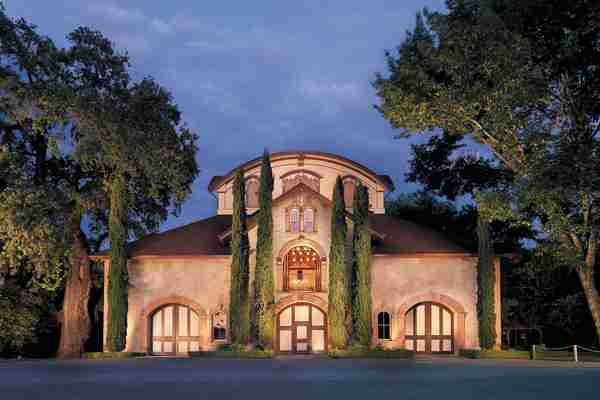Planning a Vineyard Wedding: Wine Pairings for Each Course
A vineyard wedding is the peak of glamor and elegance, offering a picturesque backdrop of rolling vineyards and a chance to celebrate one of life’s most cherished moments surrounded by nature’s beauty. But beyond the breathtaking views, a vineyard wedding presents a unique opportunity to indulge in what the setting does best—wine.
Planning the perfect vineyard wedding isn’t just about the decor or the dress; it’s also about curating an exceptional dining experience where each course is paired with the perfect wine.
This is the chance for wine enthusiasts to create a memorable and sophisticated celebration that will delight your guests’ palates.
Setting the Stage: Understanding Wine Pairing Basics
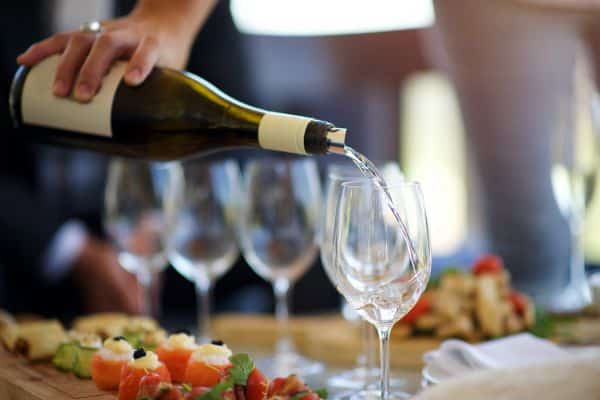
Learning about wine is as much fun as drinking one. The best way to savor your glass of that sweet fermented grape juice is to understand the basics of wine pairing. The goal of pairing wine with food is to embrace the flavors of both the dish and the wine, creating a harmonious balance. This can be achieved by complementing or contrasting flavors, aromas, and textures.
- Complementary Pairing: This involves matching similar flavors. For example, a rich, buttery Chardonnay pairs well with a creamy dish like lobster bisque, as both have smooth textures and rich flavors.
- Contrasting Pairing: This approach aims to balance opposing flavors. For instance, a crisp, acidic Sauvignon Blanc can cut through the richness of a fatty dish like grilled salmon, cleansing the palate and refreshing the taste buds.
- Consider the Weight: Lighter wines like Pinot Grigio or Rosé pair best with lighter dishes like salads or seafood. Conversely, full-bodied wines like Cabernet Sauvignon or Malbec are better suited to heartier dishes like steak or lamb.
With these basics in mind, let’s explore how to pair wines with each course of your vineyard wedding meal to create an unforgettable dining experience.
Welcome Reception: Sparkling Wines and Appetizers
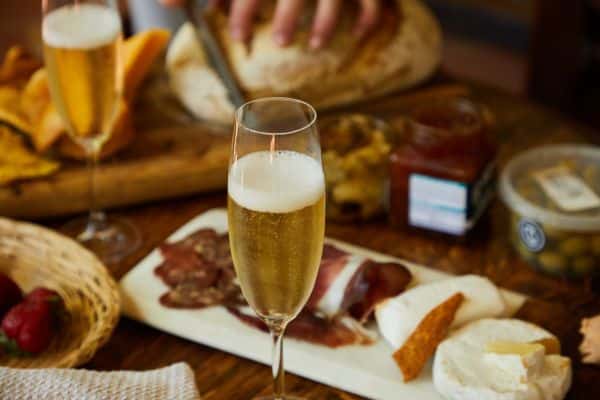
As your guests arrive at the vineyard, welcome them with a glass of sparkling wine, including Champagne, Prosecco, or a locally produced sparkling wine from the vineyard; set a celebratory tone and pair beautifully with various appetizers. Pairing Suggestions:
- Champagne or Brut Cava: These dry, sparkling wines have high acidity and subtle fruit flavors, perfect for pairing with salty appetizers like prosciutto-wrapped melon, smoked salmon canapes, or caviar-topped blinis.
- Prosecco: Slightly sweeter and fruitier than Champagne, Prosecco pairs well with lighter, more delicate appetizers like shrimp cocktail, fresh oysters, or bruschetta.
The fizziness of sparkling wines also helps to cleanse the palate, making them an excellent choice to start the meal and whet your guests’ appetites.
First Course: Light Whites and Salads
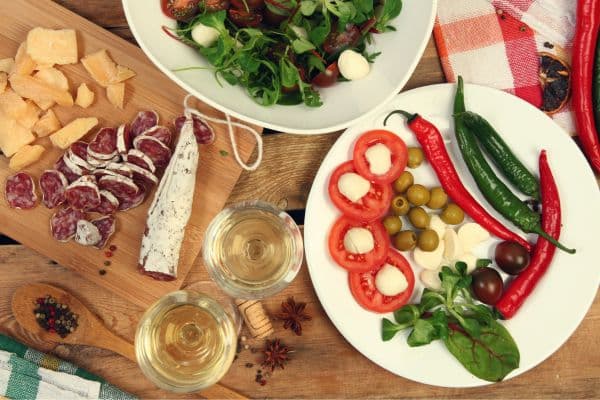
A crisp white wine is ideal for the first course, which often includes a salad or light seafood dish. The freshness and acidity of these wines complement the lightness of the dish without overpowering it. Pairing Suggestions:
- Sauvignon Blanc: Known for its vibrant acidity and herbaceous notes, Sauvignon Blanc pairs beautifully with salads that include fresh greens, citrus, or goat cheese. It also complements seafood starters like ceviche or grilled shrimp.
- Pinot Grigio: With its light, crisp profile and subtle fruit flavors, Pinot Grigio is a versatile pairing for various salads and seafood. It’s especially good with dishes with a citrusy dressing or light vinaigrette.
These wines are refreshing and serve as a perfect introduction to the more complex flavors that will follow in subsequent courses.
Main Course: Reds and Rich Whites for Entrees
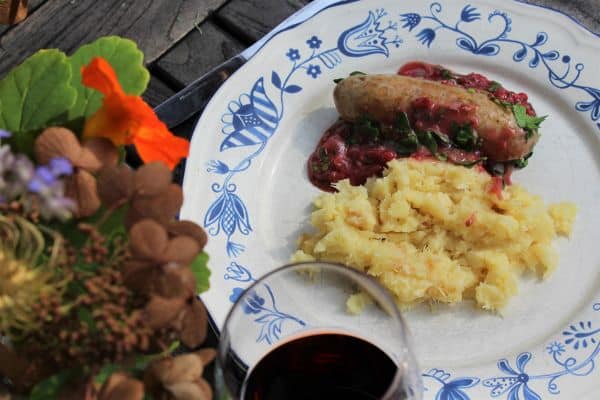
The main course is where you can showcase the vineyard’s finest offerings. Depending on your menu, you can choose between a rich white wine or a bold red to enhance the flavors of your entree. Pairing Suggestions:
- Chardonnay: If your main course includes dishes like roasted chicken, grilled lobster tail, or creamy pasta, a full-bodied Chardonnay is an excellent choice. The wine’s rich, buttery texture complements the dish’s creaminess, while its oak notes add depth to the overall flavor.
- Pinot Noir: Pinot Noir is an ideal pairing for lighter meat dishes like roasted duck, pork tenderloin, or grilled salmon. Its light to medium body, bright acidity, and red fruit flavors enhance the savory and earthy notes of the dish without overwhelming them.
- Cabernet Sauvignon: A bold red Cabernet Sauvignon is perfect for hearty dishes like beef tenderloin, lamb chops, or game meats. Its full body, tannic structure, and dark fruit flavors complement the richness of the meat, creating a well-balanced pairing.
When choosing a red wine, consider the weight of the dish. Lighter reds work well with poultry and fish, while fuller-bodied reds are better suited for red meats.
Dessert: Sweet Wines and Pastries

As the meal ends, it’s time to indulge in desserts. Most vineyards like those found in Sonoma County, offer sweet wines that are a natural pairing with dessert. It’s essential to match the sweetness level of the wine with that of the dessert to avoid one overpowering the other. Pairing Suggestions:
- Late Harvest Riesling: This sweet, aromatic wine pairs beautifully with fruit-based desserts like apple tart, peach cobbler, or lemon meringue pie. The wine’s acidity balances the sweetness, while its fruit flavors complement the dessert.
- Port: A fortified wine like Port is the perfect match for richer, chocolate-based desserts. This wine’s sweetness, richness, and complexity enhance the deep flavors of chocolate, making it an indulgent and satisfying pairing.
If your dessert includes chess, consider a dessert wine like Sauternes or a sweet Muscat. These wines pair wonderfully with creamy, salty cheeses, providing a delightful contrast in flavors.
After-Dinner Drinks

To round off the evening, offer your guest a final toast with a selection of after-dinner drinks. Digestifs like brandy, cognac, or an aged port are traditional choices that can help settle the meal and provide a satisfying conclusion to your celebration.
If your vineyard produces fortified wines, such as Sherry or Madeira, these can also be a great way to highlight the local offerings and give your guests one last taste of the vineyard’s produce.
Final Toasts
Planning a vineyard wedding offers a unique opportunity to create an elegant and unforgettable dining experience. By carefully selecting wine pairings for each course, you can enhance your menu’s flavors and give your guests a taste of the vineyard’s best offerings.
Whether you’re toasting with a glass of sparkling wine, savoring rich red with your entree, or indulging in a sweet dessert wine, each sip will remind you of the beautiful setting and the special day you’ve created.
